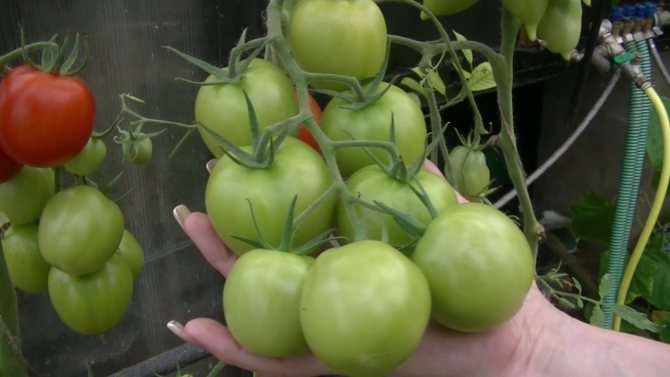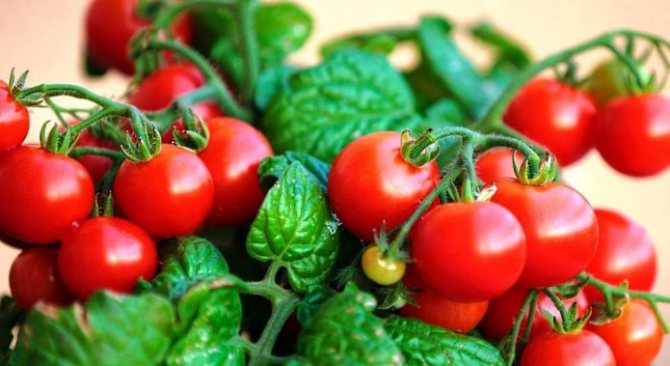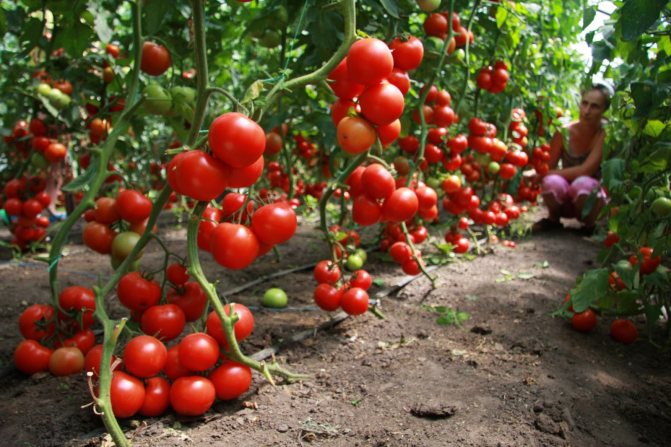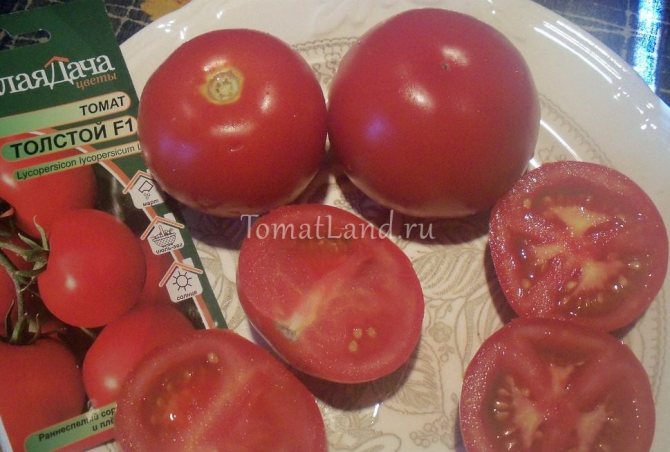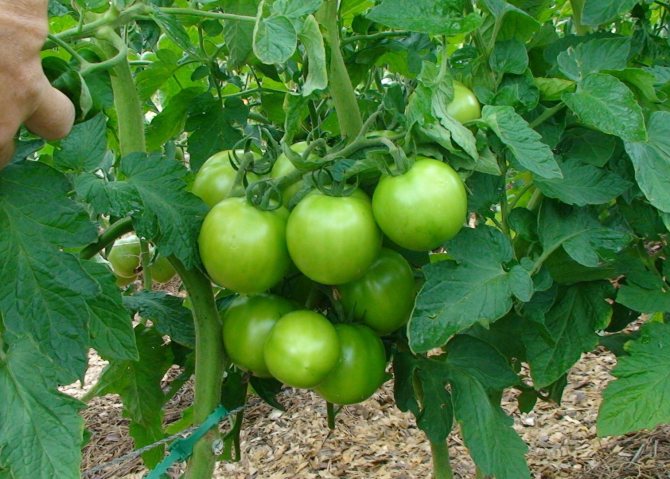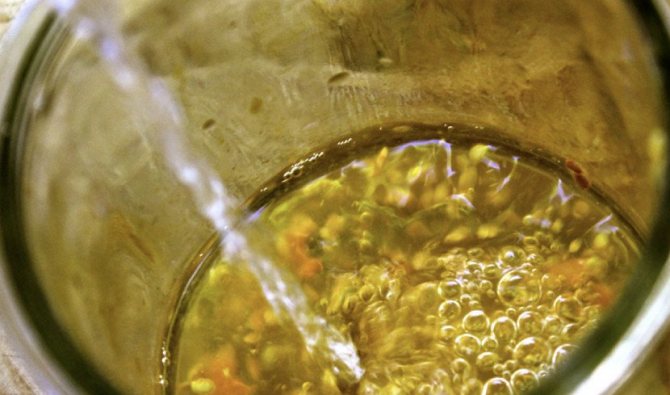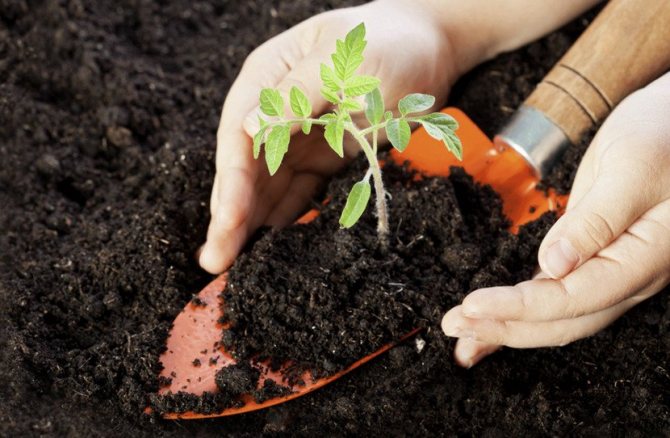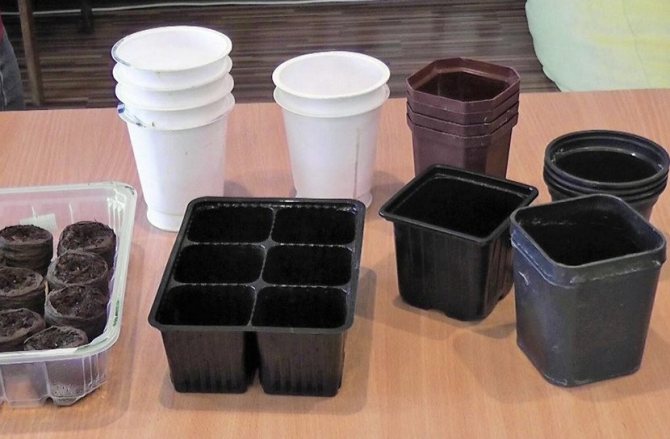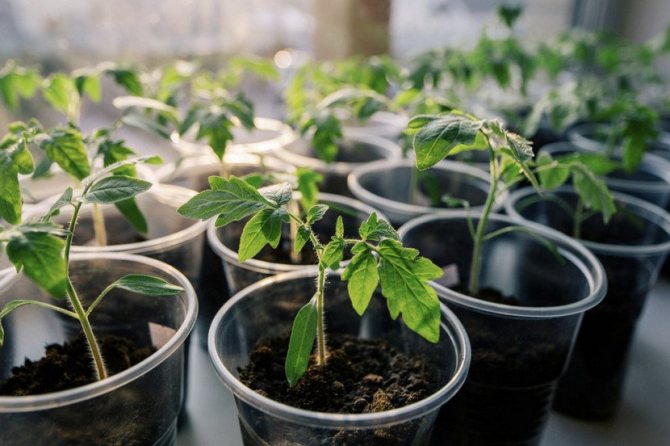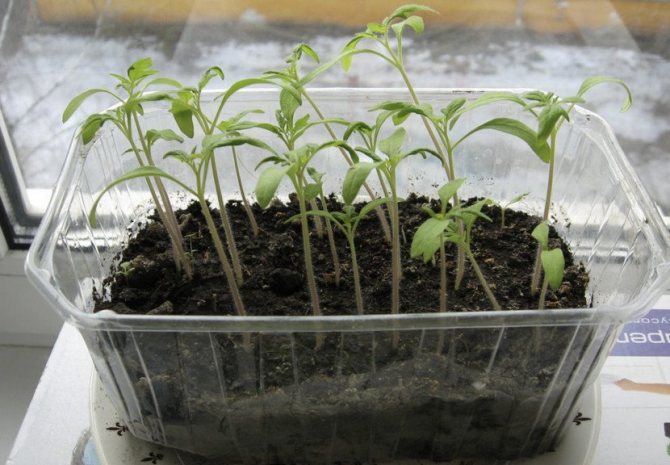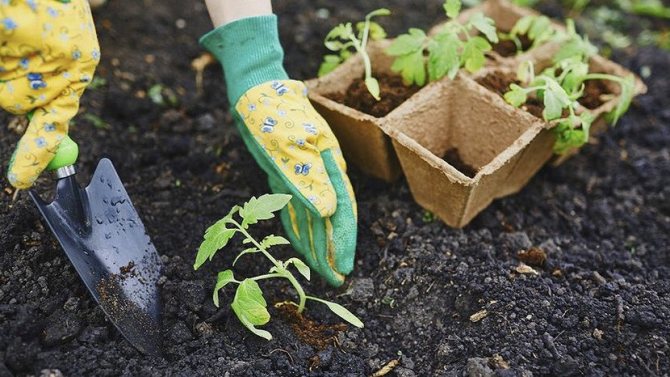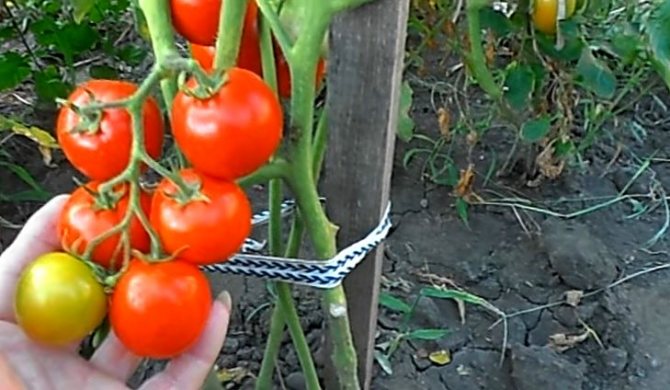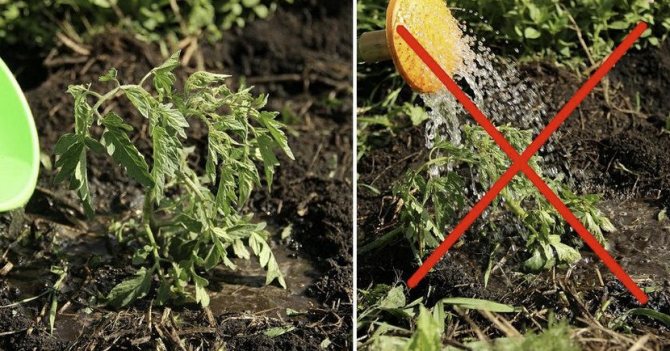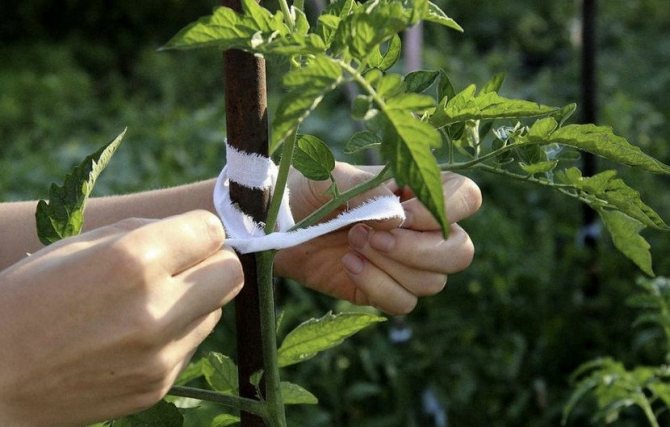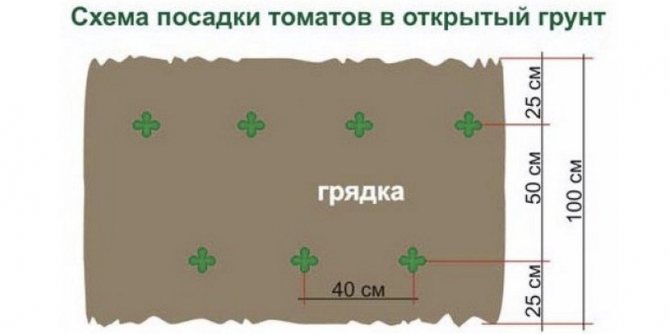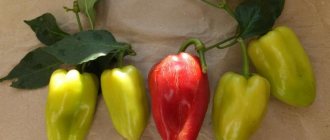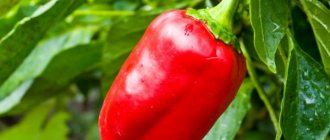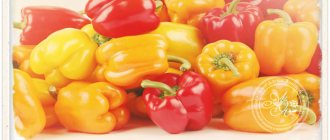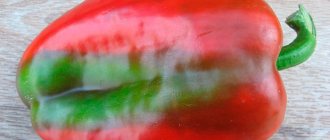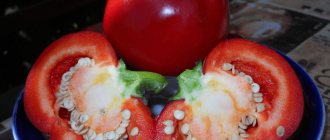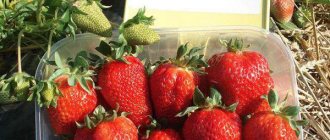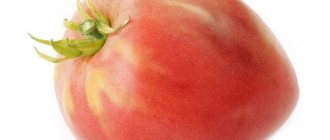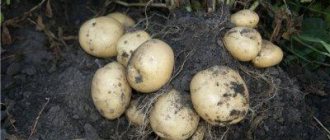Any amateur gardener will certainly have his own, well-proven collection of tomato crops. It usually includes plants with consistently high yields, as well as pleasant taste and good disease resistance. These varieties, without any doubt, include the familiar to many Tolstoy f1 tomatoes.
Note! The name of this type of tomato can sound different; it ranges from the affectionate "Fat Man" to the almost official "Lev Nikolaevich Tolstoy".
Characteristics and description of the variety
The Tolstushka agro variety is intended for regions with a harsh climate. Differs in endurance and adaptability to adverse conditions.
Reference. Agro has been a leader in the seed market for many years.
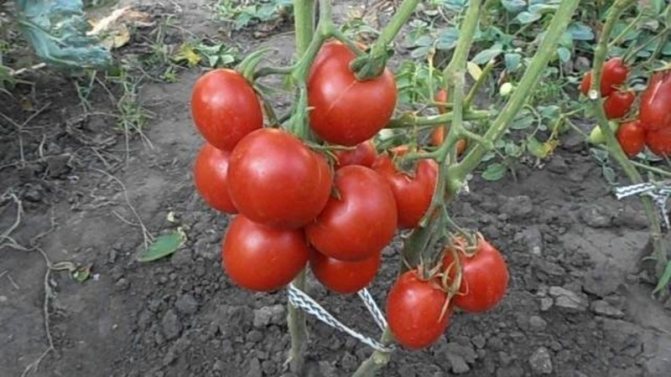
Distinctive features
The bush is determinate, compact, no more than 80 cm high. The stem is strong, the foliage is medium, the leaves are small, dark green in color. The first brush is formed after 9 leaves, 8 fruits are tied on each brush. The inflorescences are simple.
A mid-early variety, from the moment of planting to full maturation, 115-120 days pass.
It is immune to the main diseases of the nightshade family. Recommended for growing outdoors and in greenhouses.
The yield is high: up to 7 kg of fruits are harvested from 1 bush, provided that 3-4 seedlings are planted per 1 sq. m.
Despite the low growth, the plant requires a garter, otherwise the branches will not withstand the weight of ripe fruits. Culture needs pinning. For the best quantitative indicator, the bush is formed into 2 stems.
Fruit characteristics
Fruits are large, with an average weight of 200-250 g, flat-round shape, red in color. The taste is sweet, with barely noticeable sourness, the pulp is juicy, the skin is dense. There are 4 seed chambers, few seeds.
The use in cooking is universal: the fruits are well suited for fresh salads and preparations for the winter. Do not lose their taste when processed into tomato products: juices, ketchups, lecho. Smaller tomatoes are used for whole-fruit canning. Tomatoes go well with other vegetables.
They are subject to long-term storage and perfectly retain their appearance during long-term transportation.
The photo shows the fatty tomatoes.
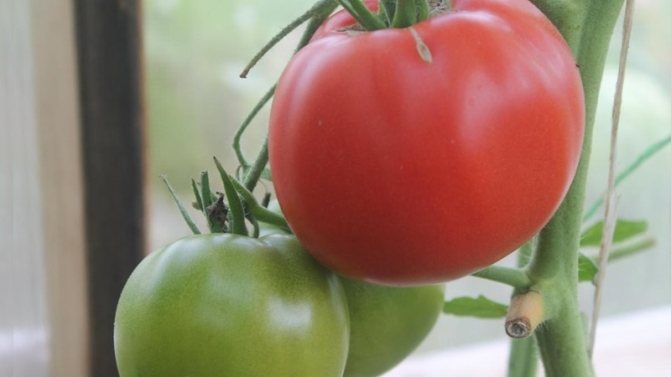

How to grow seedlings
Sowing seeds begins 2 months before planting seedlings in the ground. This culture belongs to a hybrid, so seeds for planting are purchased each time in specialized stores.
Reference. The seeds of hybrid crops do not retain their parental properties, therefore, independent harvesting for subsequent plantings does not make sense.
Seed preparation
First, the seed is checked for external defects. All seeds should be smooth, light in color and free from visible damage. To determine if the seeds are empty or not, they are dipped in a saline solution. To do this, 1 teaspoon of salt is dissolved in 1 glass of water and placed in the grain solution for 10 minutes. Those seeds that have floated to the surface are not suitable for sowing.
The rest are disinfected in a weak solution of potassium permanganate for 20 minutes. Then washed with running water, wrapped in gauze, slightly moistened and left in a dark and warm place for 3 days, moistening gauze with warm water as it dries.As soon as the grains sprout, they are sown in the ground.
Reference. To improve germination, seeds are soaked in a growth stimulator for 8-10 hours.
Capacity and soil
The soil is prepared from garden soil, peat and sawdust in a ratio of 7: 1: 0.5. For ease, a little washed river sand is added to the soil mixture. After thorough mixing of all components, the soil is fertilized with humus or mullein infusion. The resulting soil is laid out in planting containers, in which small holes are made in advance at the bottom so that excess moisture does not linger.
They are planted in a common wooden box or in separate containers, for example, plastic cups, paper honeycombs and peat pots.
Reference. Peat pots contain a complex of nutrients that nourish the sprouts before planting in the ground.
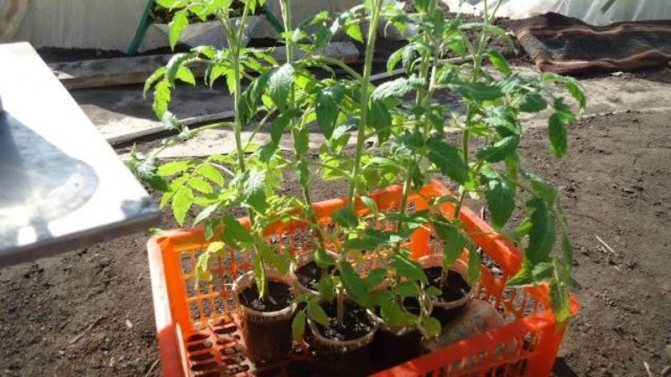

Sowing
Seeds are sown to a depth of 1.5-2 cm at a distance of 3 cm from each other. Then the soil is leveled from above and slightly moistened with a spray bottle. Planting containers are left in a warm and dark room at an air temperature of 22-24 ° C. Containers must be covered with foil or glass to create a greenhouse effect.
Growing and care
When the first shoots appear, the containers are rearranged in a well-lit place. Daylight hours should be at least 12 hours. In case of insufficient natural light, they are supplemented with phytolamps, which are installed at a distance of 30 cm from the seedlings.
Daytime temperature should not exceed 24 ° C, at night 18 ° C is sufficient. The room where the seedlings are located is regularly ventilated, but protected from drafts, which have a detrimental effect on young plants.
Planting containers are watered with warm, settled water as the top layer of soil dries up using a shallow watering can along the edge of the nursery. After watering, the soil is loosened superficially so as not to damage the young roots.
When 2 true leaves appear, the seedlings are dived, seated in separate containers.
Reference. When sowing seeds in peat pots, picking is not required.
3 weeks before transplanting, the seedlings begin to harden in order to quickly adapt to outdoor conditions. To do this, young bushes are taken out into the street for 30 minutes - 1 hour in the daytime. The temperature in the room at night, where the seedlings are brought in, is lowered to 13 ° C. Gradually, the time spent on the street is increased to 14 hours.
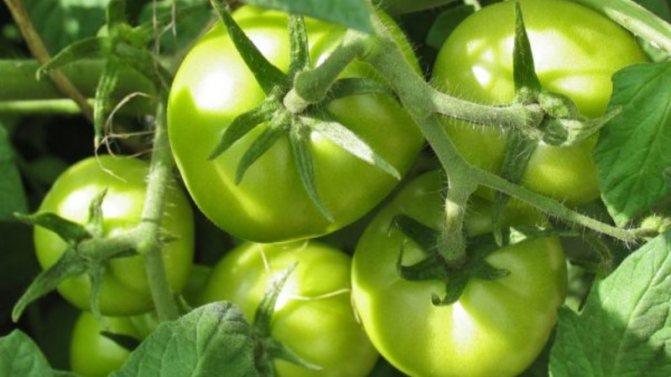

The best reviews from our readers
- Svetlana
I planted seedlings in April. In May, a child was born, the tomatoes, in addition to watering, did not receive care. Strong bushes have grown, though low, in several stems, with a lot of tomatoes about 100 grams. We have been eating tomatoes for a month and a half. Suffers only from the sun.
Sowing seeds
Tolstoy tomato as a tomato variety is propagated by seeds, which are sown as seedlings at the very end of March. The order of the operations carried out in this case is given below:
- First, light soil is loaded into a planting container of the appropriate size, which is a mixture of humus and garden soil;
Important! It is not recommended to use the soil of high acidity for the Tolstoy variety.
- The resulting earthen composition is then fed with a small amount of wood ash, and then spilled with boiling water with potassium permanganate dissolved in it;
- Immediately before planting, the seeds are disinfected with hydrogen peroxide, or they are kept for some time in a weak solution of potassium permanganate;
- Sometimes, to accelerate germination, they are soaked in biostimulants for about 12 hours.
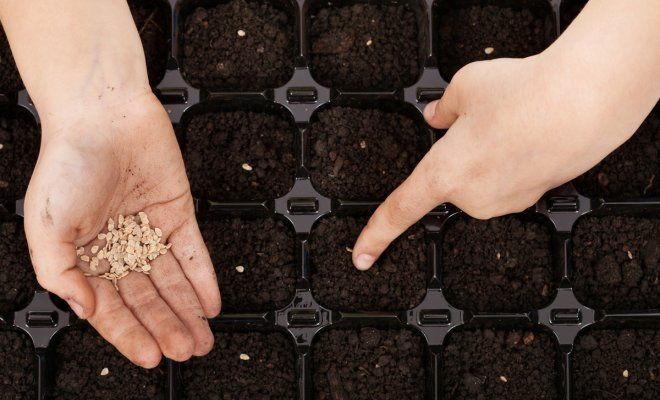

Sowing tomato seeds
In the process of sowing, the seeds are buried in the prepared soil by about 1.5 cm and covered with the same soil. After that, they are carefully poured from a watering can with a divider, and then covered with transparent film and placed in a warm place.
The first shoots are usually cut through already on the 4-5th day, after which the containers are placed on a well-lit windowsill and watered as needed (drying out of the soil is not allowed).
As soon as the first three leaves appear on the seedlings on the windowsill, it must be immediately transplanted into separate containers with nutrient soil. At the same time, it is recommended to feed the transplanted shoots with complex mineral fertilizers.
Over the next several days, the seedlings are kept in a shaded place, after which they are exposed on a windowsill well-lit by the sun's rays. With a lack of light, additional radiation is arranged over it (in the form of fluorescent or conventional lamps).
For watering young shoots, small volumes of water are used, which do not allow the formation of stagnation. After moistening the soil, its top layer is necessarily loosened (deep loosening is undesirable, since this can damage the roots that are not yet strong).
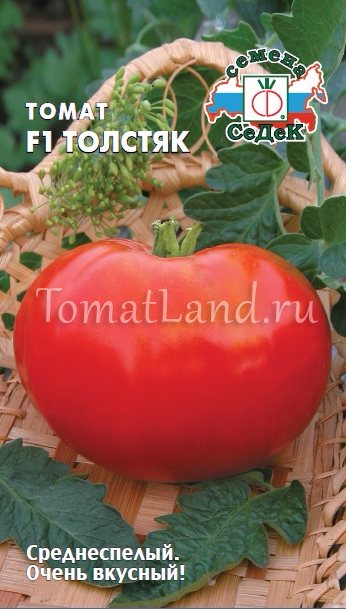

Tomatoes should be planted in a garden or greenhouse with the arrival of stable warm weather, which excludes the possibility of morning frosts. It is allowed to transfer it to unprotected soil on the garden bed only when the temperature reaches 15 degrees. Immediately before transferring, young seedlings must be hardened, taking them outside for some time.
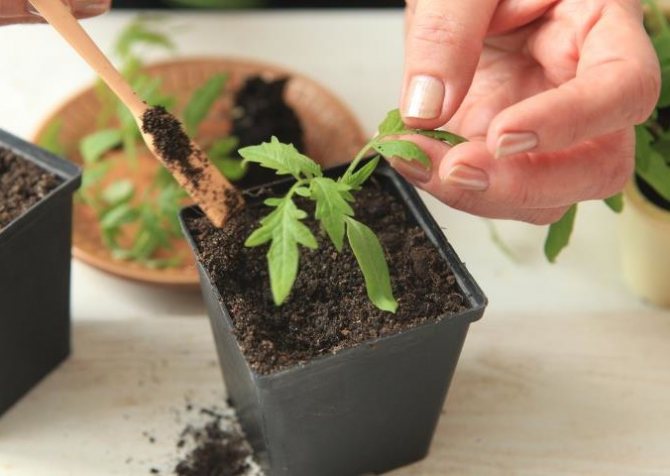

Picking tomatoes
The soil in the beds, right before planting, is thoroughly dug up, after which fertilizers are introduced into it and shed well.
Note! Wood ash and a full set of phosphorus-potassium mixtures are used as make-ups.
Holes for future bushes are made at a distance of about 40 cm from one another, and the aisles are arranged at a distance of about 60 cm. The seedlings planted in the soil should be thoroughly shed with water warmed in the sun (subsequent watering is organized only after a week).
How to grow tomatoes
After 2 months, the seedlings are ready for transplantation. By this time, young plants reach a height of 25 cm, they have a fully developed root system and at least 6 true leaves.
Landing
A place for beds with tomatoes is chosen in the fall, taking into account what crops grew on the ground earlier. Tomatoes are planted where legumes, melons, carrots or beets grew before them. Compliance with the rules crop rotation leads to the maximum rate of fruiting. The soil is fertilized with wood ash and humus.
In the spring, the soil is loosened, removing weeds with roots, and holes are made 15 cm deep.
Landing scheme: 40 cm - distance between seedlings, 50 cm - between rows. For 1 sq. m place 4-5 plants in a checkerboard pattern. This method of planting provides maximum lighting for young bushes and ventilation.
The seedlings are transferred into the holes along with a lump of earth, sprinkled with soil and compacted. Then water the bushes abundantly and do not disturb the bushes for 2 weeks. During this time, tomatoes adapt to new conditions.
Tomato care bbw
Regular watering is established as the seedlings take root in open beds. Watered only with warm, settled water, strictly under the root, without falling on the leaves. The water is preliminarily defended and heated in the sun in barrels. Before flowering, 5 liters of water are added under each tomato bush.
During the formation of buds, the amount of moisture is reduced to 3 liters, since the excess leads to cracking of the fruit. Water at least 2 times a week. On hot and dry days, watering is increased up to 3-4 times as the soil dries up.
After each watering, the soil is loosened and hilled. Such an agricultural technique not only saturates the soil with oxygen, but also becomes a preventive measure in the fight against late blight and pests.
The first feeding is carried out 2 weeks after transplanting the seedlings. Poultry manure is a good fertilizer at this stage of development (1:15). But since the fertilizer contains nitrogen, it is not used in the future.
The second feeding is applied when the ovaries are formed.They are fed with a potassium-phosphorus fertilizer, for example, superphosphate and potassium sulfate (40 g of each fertilizer is dissolved in 10 l of water). These microelements are also fed during the fruiting period.
Important! The culture responds well to the introduction of organic matter. Universal fertilizer - wood ash. It is added to the water 2 days before watering.
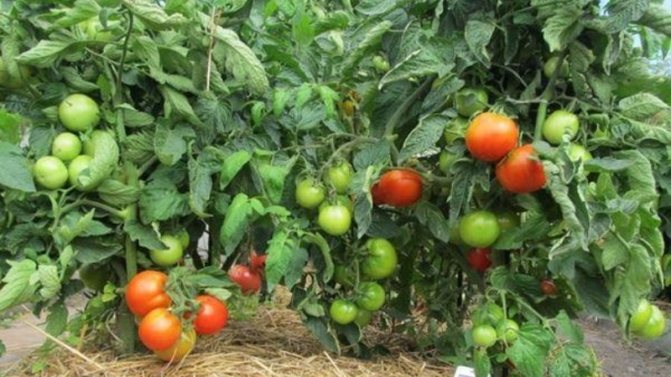

Features of cultivation and possible difficulties
Due to the small number of shoots, the bushes do not need regular pinching, which greatly simplifies maintenance. But for a better quantitative indicator, the plants are formed into 2 stems.
You cannot do without a garter culture, otherwise the branches will not support the weight of ripe fruits. Tied as needed to wooden or metal supports. This will not only protect the plants from damage, but also make harvesting easier.
Diseases and pests
The culture has established itself as highly resistant to the main diseases of the Solanaceae family.
Preventive treatment of plants includes spraying with Bravo preparations or copper sulfate. "Bravo" refers to contact fungicides and protects well against fungal diseases, such as late blight. Copper sulfate has the same effect.
Decoctions of onion peel and garlic (100 g per 1 liter, insist for 1 day) are saved from viruses and pests. The finished infusion is diluted with water 1:10 and the plants are sprayed. Many pests are frightened off by pungent odors and decoctions from pungent-smelling herbs. Also, such herbs are planted next to tomatoes, and mustard bushes can scare off even the Colorado potato beetle.
Pests and diseases
This species is immune to most diseases affecting this plant species. But still, as a preventive measure, before planting the sprouts in the ground, the first thing to do is to water the soil with a pink solution of potassium permanganate. FROMobserving some conditions for growing this variety, or rather a certain watering technology: watering the plant strictly at the root, with warm, settled water, without pouring branches with leaves, you can prevent the development of various types of rot and late blight.
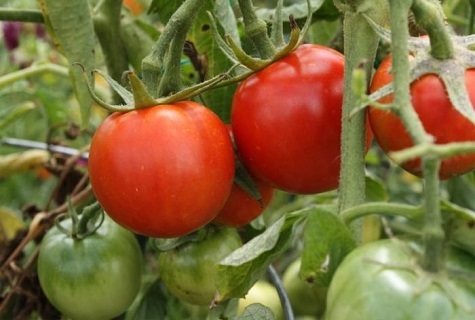

The nuances of growing in open ground and in a greenhouse
The variety is recommended for growing in protected and unprotected ground. The Fat Tomato takes root well in open beds in warm areas and in regions with a temperate climate. Where the summer is short and cold, the culture is bred in greenhouses or under covering material.
Protected structures are recommended to be regularly ventilated to avoid the spread of infections and pests. Greenhouse conditions are most favorable for the pathogenic environment, which is destroyed by the regular flow of fresh air.
Experienced gardeners advise removing the lower leaves, otherwise they can cause late blight. When planting, it is necessary to exclude the thickening of the plants. Frequent planting not only reduces yields, but also leads to the spread of pests.
Features of agricultural technology
Despite the meager list of actions necessary for the successful cultivation of a Fat tomato, each point requires careful execution. There are also several nuances, given which summer residents get a harvest that exceeds the already impressive standard indicators.
- The soil for tomatoes is selected according to their predecessors: the bushes willingly grow on the ground after cereals and legumes, beets or carrots. It will not be superfluous to prepare the soil with green manure.
Attention! The soil after cucumbers is not suitable for tomatoes, it is better to change the soil or choose another place on the site.
- The bushes are not tall, but they fall under the weight of large heavy tomatoes. The best solution would be a horizontally stretched mesh. The support system should be installed at the very beginning when the seedlings are planted.The developing stems sprout through the cells, and then the net takes on the weight of the ripening tomatoes.
- The hybrid needs watering, so you should not skip it or violate the temperature and amount of water. The ovary requires a lot of moisture - about 3 liters, while for an already fruiting plant, on the contrary, the limit should be reduced. The automatic watering system makes the process as easy as possible.
- Feeding with organic compounds and processing with mineral compounds superficially along the sheet. How and what to feed tomatoes in a greenhouse, read this article.
Low growing tomatoes are suitable for large volumes. An unpretentious plant gives a high yield with minimal maintenance costs. The variety is suitable for beginner gardeners and gardeners who do not have the opportunity to visit plantings often.
Harvesting and application of the crop
Ripening begins 90-95 days after the first shoots, but the period of the most abundant yield begins at 110-115 days and lasts for another 2 weeks. Subsequent fruits weigh less than the first, so they can be used for whole-fruit canning.
Maturation in the brush is almost simultaneous, which makes picking easier. It is not necessary that all tomatoes are fully ripe; tomatoes are harvested and pink, they are quite capable of picking up color on their own at room temperature.
Earlier collection of vegetables allows plants to lay new fruitful clusters without depletion.
The use of ripe vegetables is universal: they are consumed fresh, for pickling, pickles, canned food, processed into tomato products. Tomatoes are good in summer salads, hot and vegetable dishes, baked with meat, perfectly complement the taste of other vegetables. They make excellent juices, pastes, ketchups, adjika, lecho. Vegetables do not lose their flavor in pickles and marinades.
Thanks to their dense skin, tomatoes are subject to long-term storage and can withstand long-term transportation without losing their appearance and taste.
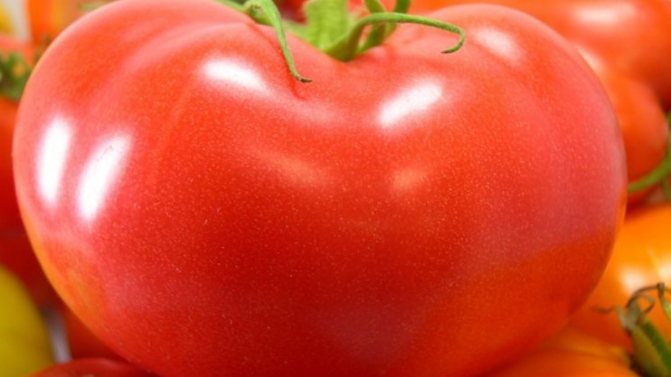

Mid-early
From the moment of germination of sprouts to the most productive period, about 115 days pass. The variety is considered hybrid, tall, since its main height reaches three meters. Grows well in open or sheltered ground. Description of the leaves - small, light green.
The variety begins to ripen 65-75 days after planting the shoots on the ground. Harvesting can be done once every five days. Green fruits ripen at normal room temperature.
Advantages and disadvantages of the variety
The Fat Tomato has many positive qualities:
- unpretentious care;
- immunity to diseases;
- the ability to take root in any climatic conditions;
- does not require compulsory pinching;
- high rate of fruiting;
- great fruit taste;
- amicable maturation;
- universal use;
- long-term storage;
- long transportation.
The disadvantages of culture include the obligatory garter.
Care
Tomato Slot: characteristics and description of the variety
Tomato Pyshka, as the people call it Fatty, does not require a lot of attention and careful care, but some activities must be carried out. These include weeding row spacings and gentle loosening of the soil (so as not to injure the roots). It is enough to water the tomatoes once a week, and fertilizing is applied three times during the entire growing season. Both chemicals and organics are used as fertilizers. You can use bird droppings, mullein, or herbal mix. Tomatoes are fed for the first time before the start of fruit formation, and in subsequent times the interval between fertilization should be at least 10-15 days.
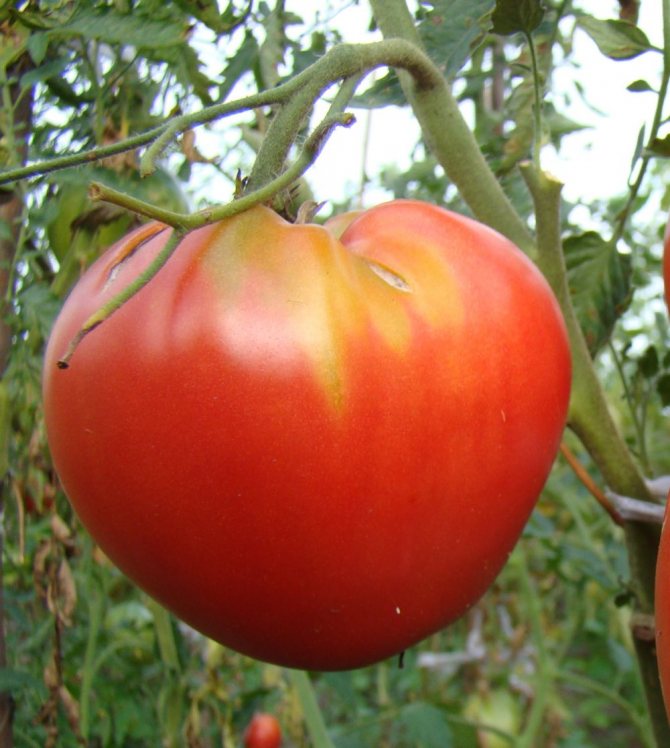

Bbw tomato matures
Despite the fact that Fatty shows good resistance to diseases and pests, preventive measures will not be superfluous.For these purposes, drugs are used Bravo or Aktara, as well as other similar means. To avoid the appearance of fungal infections, plantings are treated with Bordeaux mixture. In order not to annoy small pests and insects, tomatoes are periodically sprayed with onion and garlic tincture.
Farmers reviews
The farmers' comments are unanimous: everyone claims that the crop is able to take root and give a good harvest in regions with harsh climatic conditions. This is an important factor for residents of the northern regions. The opinions of those who planted this variety:
Diana, Leningrad region: “The fat woman was planted in a film greenhouse, when it gets cold, you can close it and not worry about the safety of the crop. The fruits are large, moderately dense, with fragrant and juicy pulp. The plant is low, takes up little space in the greenhouse. Minimal care: enough watering and fertilizing. You don’t need to step-son. ”
Alexander, Krasnoyarsk: “I am constantly looking for high-yielding large-fruited tomatoes. I grow different types for sale. I really liked the fatty tomatoes according to the description and photos, so I allocated a separate bed for them. The bushes are not tall, but the fruits are large and heavy. I collect 5-6 kg from a bush. I breed, of course, only in a greenhouse. "
Tolstoy tomatoes on video
Originator hybrid: Bejo Zaden (Holland).
You can see other interesting varieties and hybrids of tomatoes with photos, descriptions and reviews in our Tomato Catalog. Happy viewing.
If you grew Tolstoy F1 tomatoes, please write whether you like them or not. What was the yield and taste of the fruit in your climatic conditions? How do you rate the disease resistance of this tomato? Describe the advantages and disadvantages of this tomato in your opinion. If possible, attach a photo of the entire bush as a whole or individual fruits grown by you to the comment. Thank you!
Your reviews about the Tolstoy tomato and additions to the description will help many gardeners evaluate this hybrid more objectively and decide whether to plant it or not.
The site about Tomatland tomatoes is always at your service.
Buy tomato seeds Cornabel
Russia Gardens
Hit of the season 2020! A novelty that has shown a stunning result! High yield! Great fruit taste!

